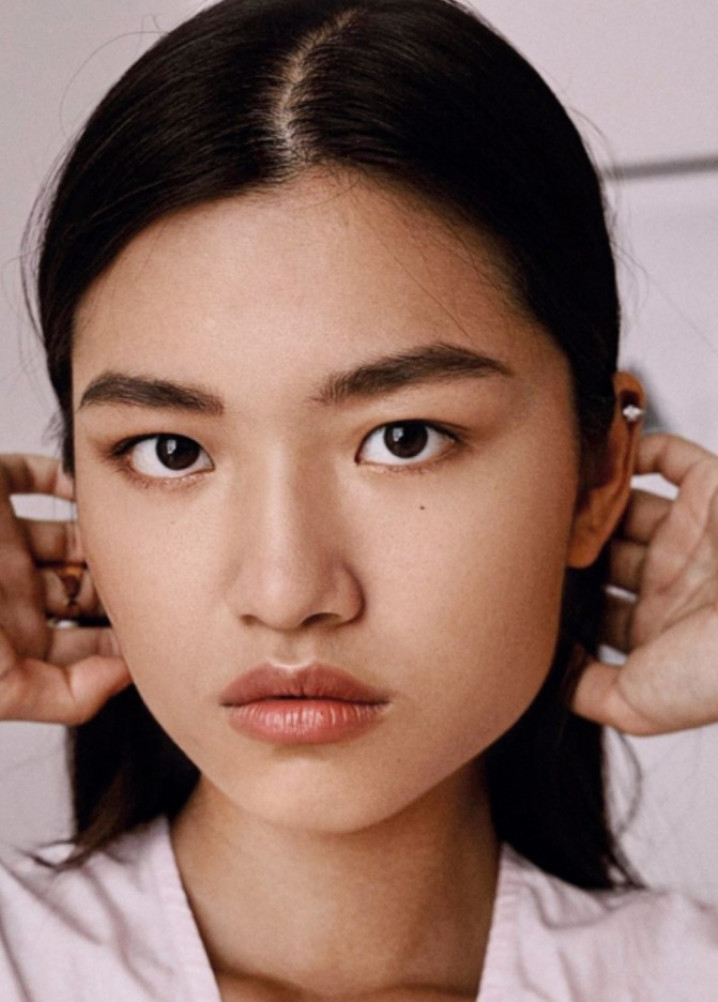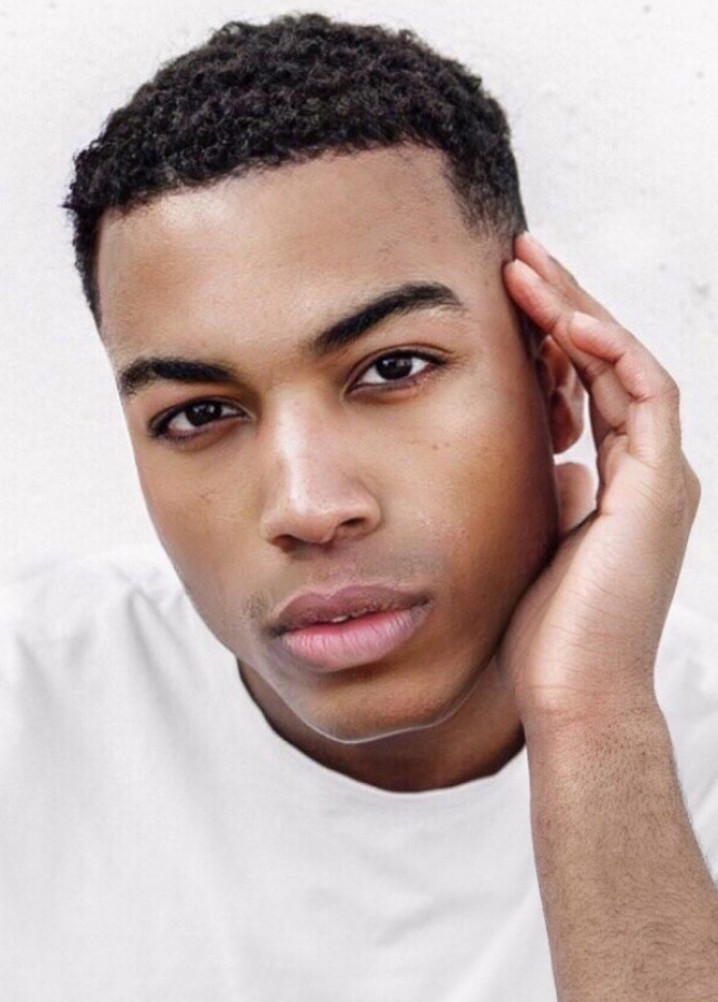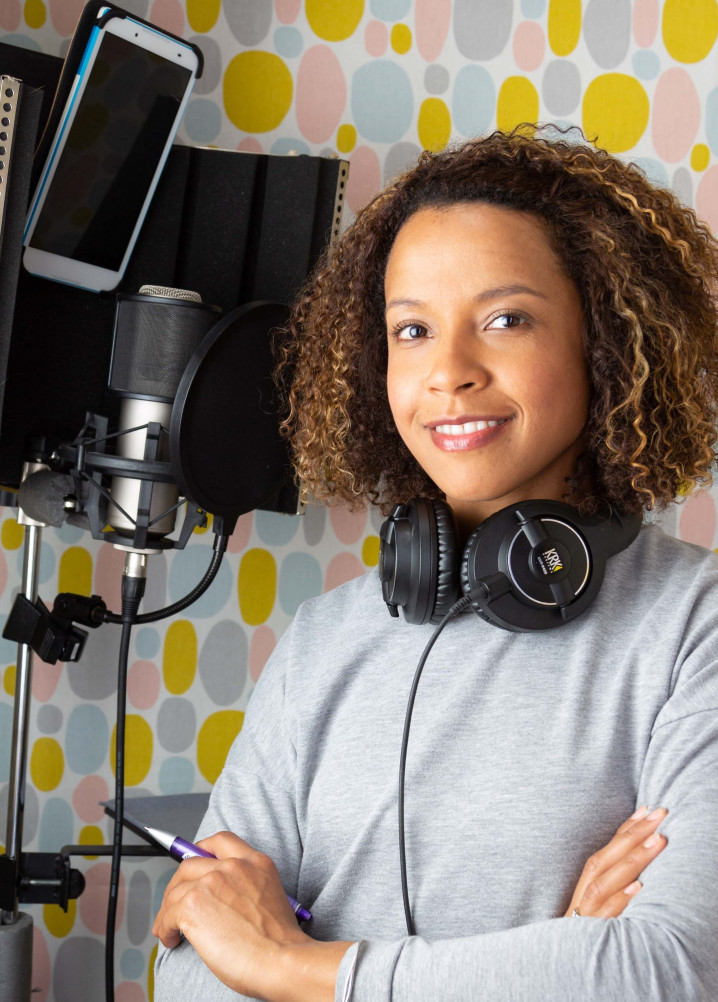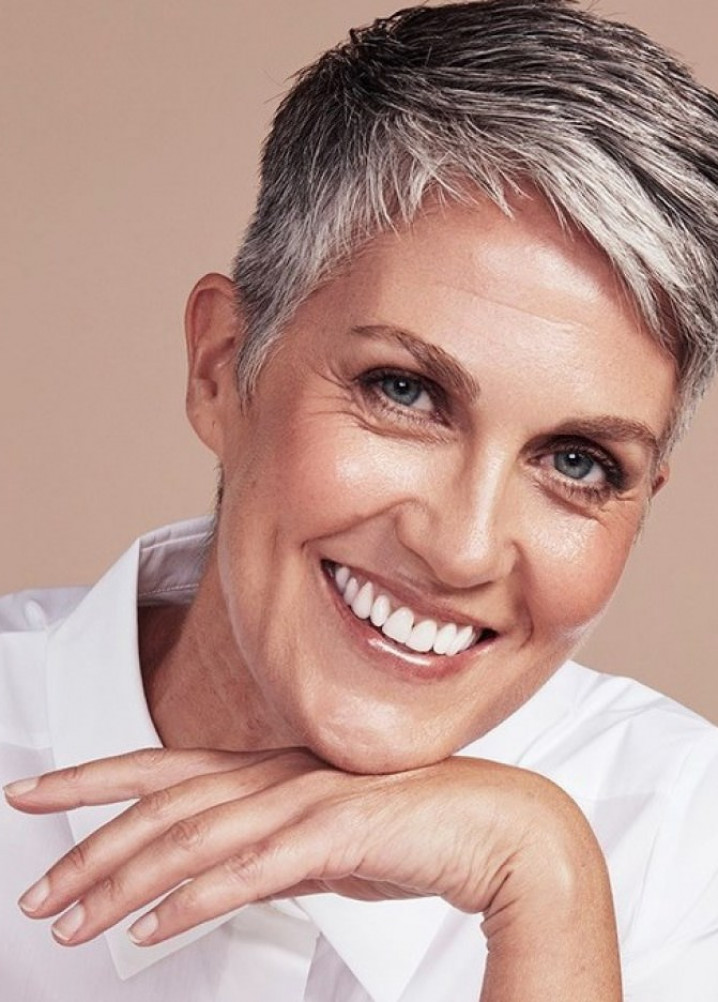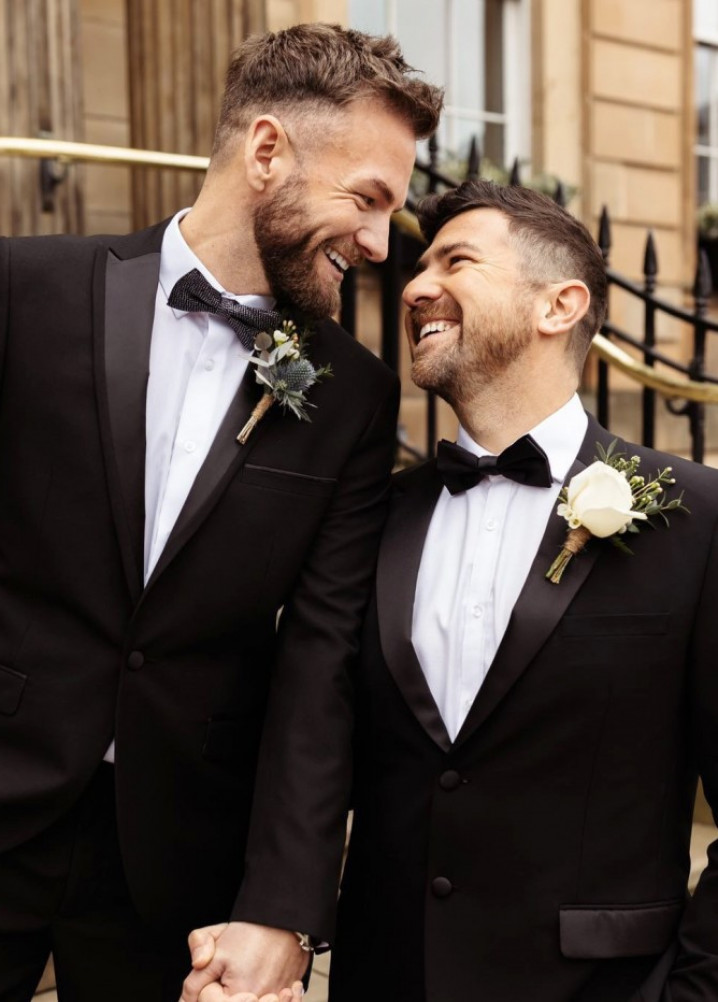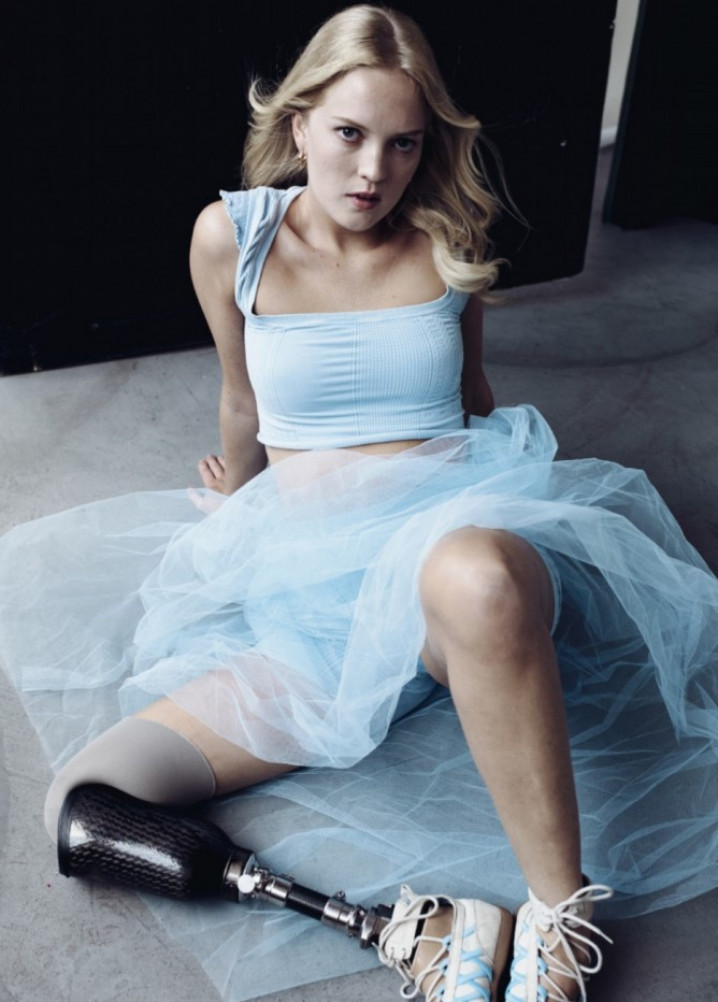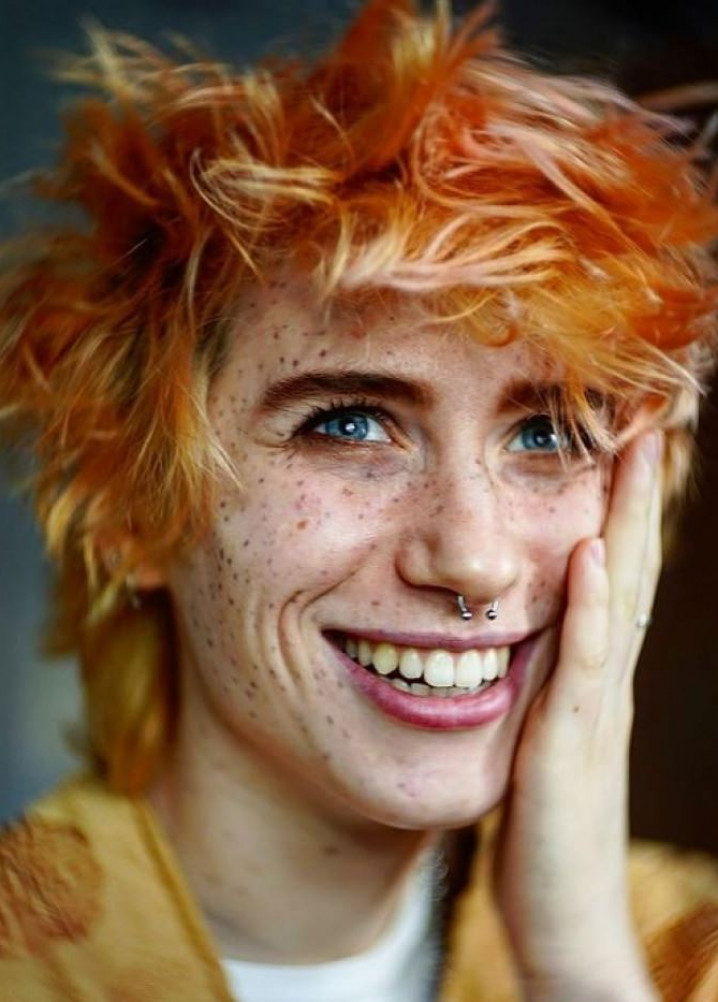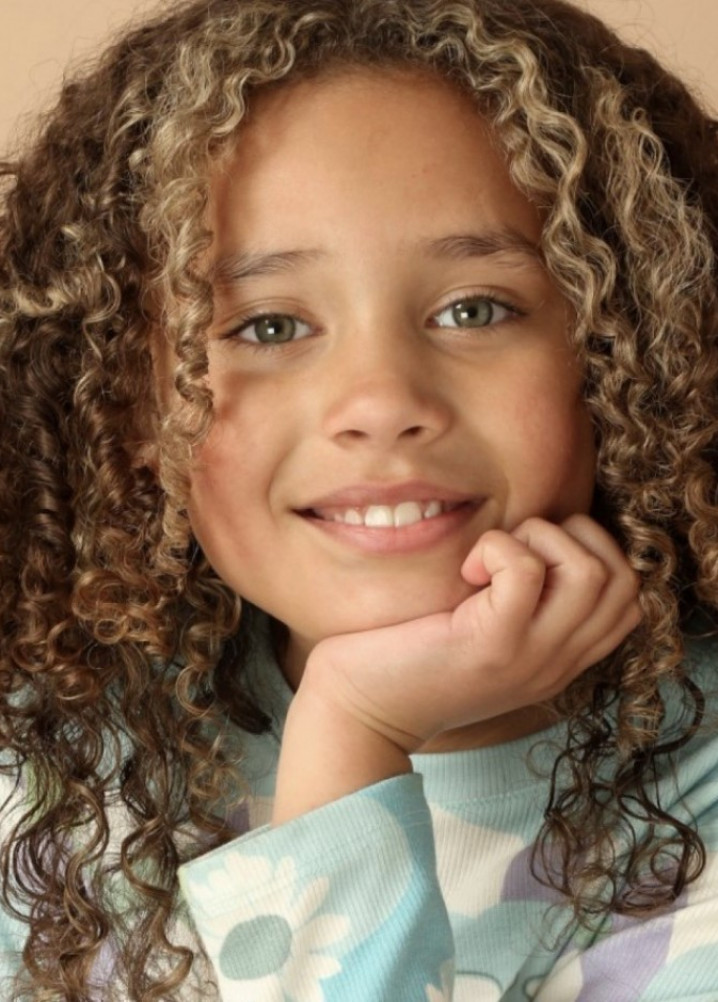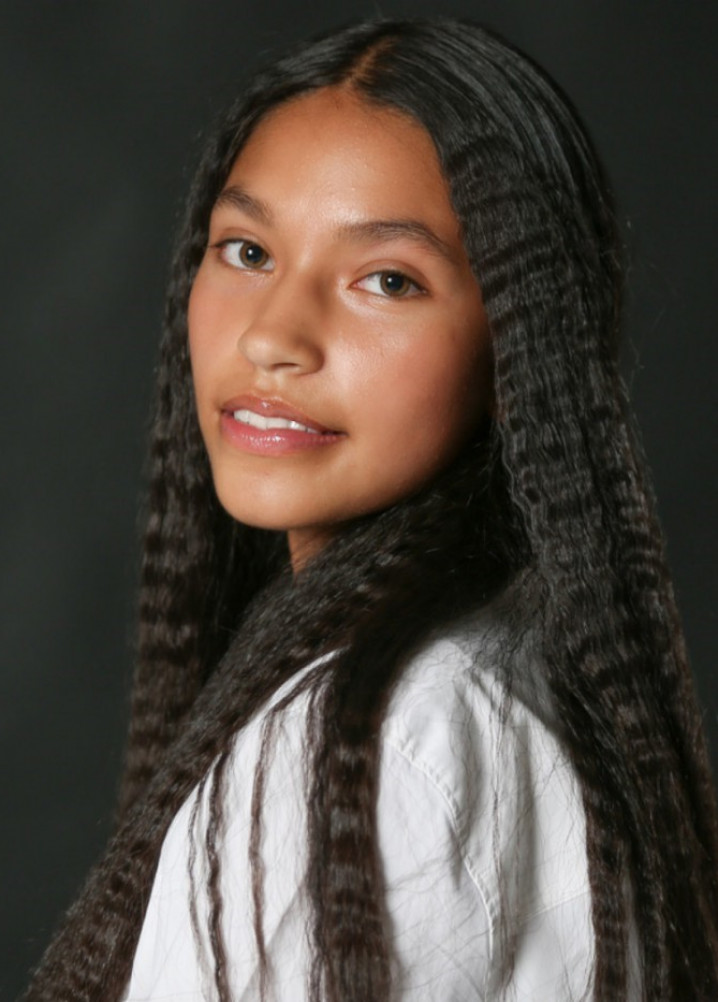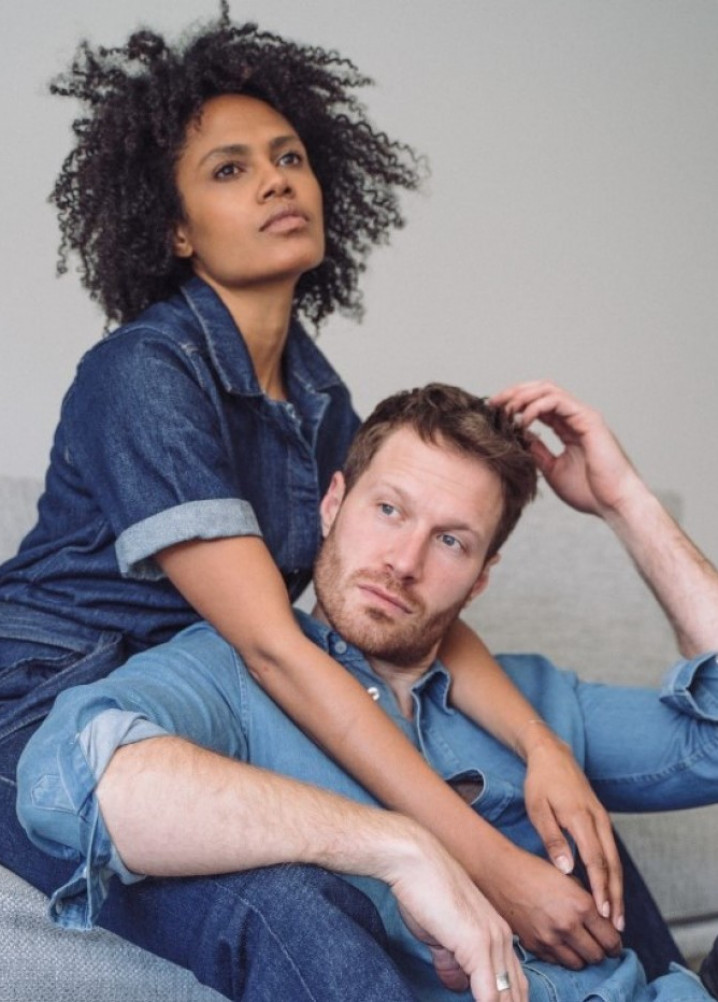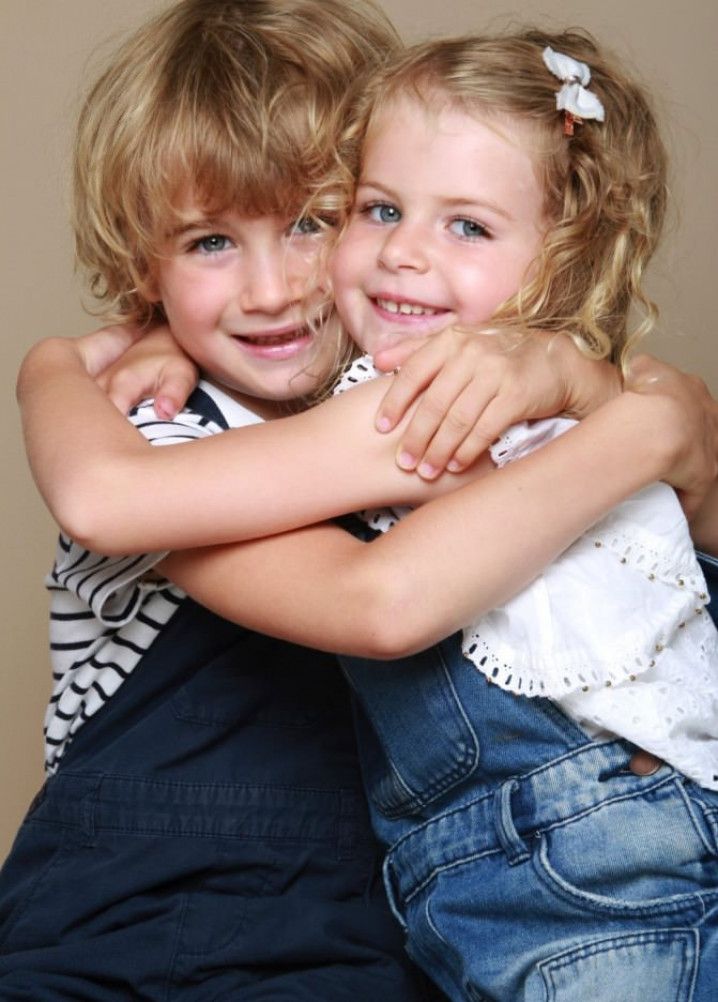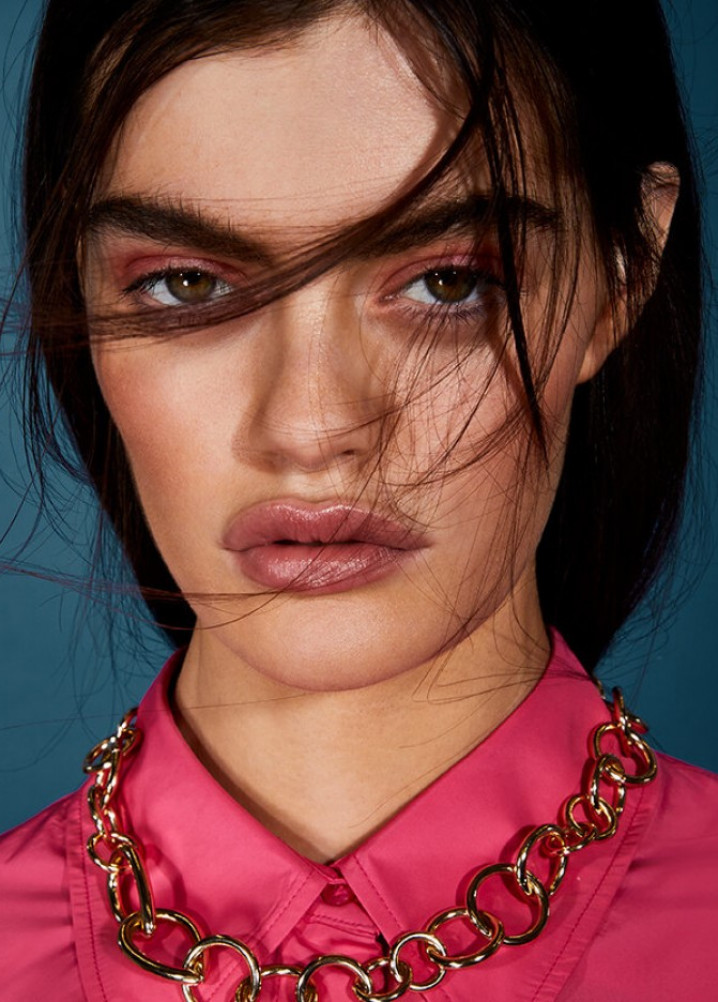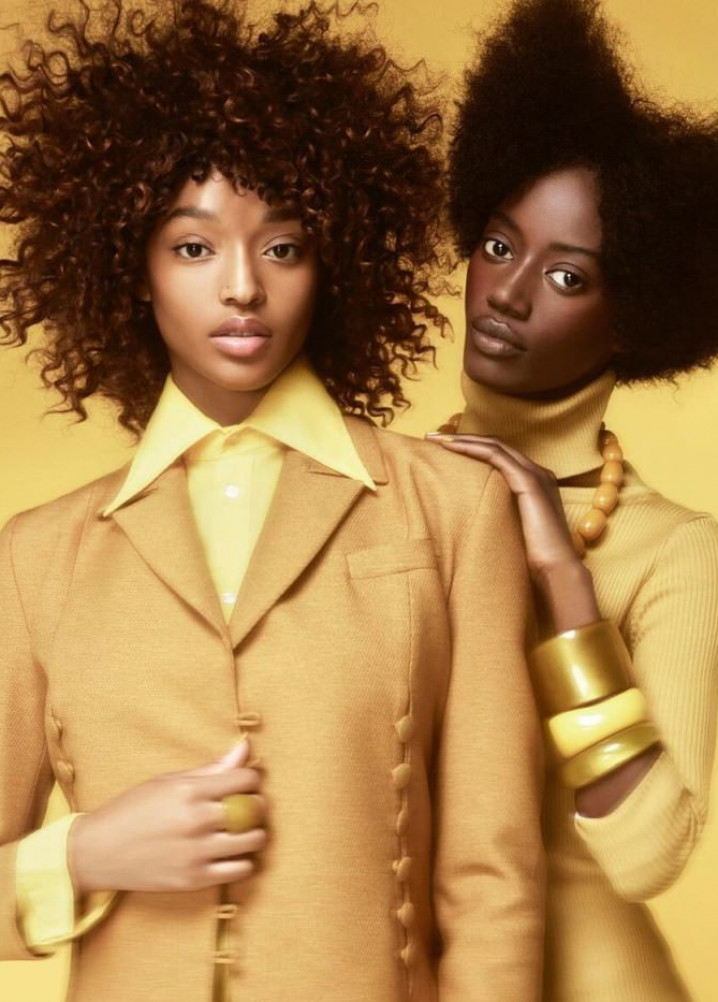
The Rise of AI Fashion Models
written by
Erin Flock

At SR we've noticed a growing interest in AI fashion models and their potential impact on the modelling industry, prompting us to address this topic. In response, we've also implemented a new clause to ensure the protection of our SR models.
Big brands like Valentino and Levi’s are leading the way with the introduction of digital AI models within their campaigns, capable of embodying various body types, ages, sizes, and skin tones. As a forward-thinking commercial modelling agency committed to inclusivity, we recognise the importance of staying ahead of emerging technologies that may affect our models in the future. While AI may still be unfamiliar territory for many, it’s projected to grow over the next five years across many industries, including modelling, which underscores the necessity of our proactive approach.
Let's explore what this could mean for the industry...
WHAT ARE AI FASHION MODELS & INFLUENCERS?
Digital models and influencers are starting to take the fashion industry by storm, with some AI influencers even being signed by traditional modelling agencies. But what are they? AI fashion models are digital models that have been designed using artificial intelligence technology. This technology allows you to design the appearance, style and even the movement of the fashion model that you are creating.
One of the most popular AI models is Miquela Sousa, a 19-year-old Brazilian-American influencer created by AI. Miquela quickly shot to fame by gaining over 2.6 million followers on Instagram and has now collaborated with some of the world’s biggest luxury brands such as Givenchy and Prada. The AI model has even been featured in a Calvin Klein campaign with real-life supermodel, Bella Hadid.

THE PROS AND CONS OF AI MODELS
PROS
- Enhanced online shopping experience: AI-powered technology can allow consumers to view products on their body type before purchase, improving online shopping experiences.
- Environmental impact: By reducing the need for physical returns, AI fashion models can help decrease clothing waste generated by online shopping, helping to benefit the environment.
- Inclusivity: AI models can open possibilities for brands to become more inclusive, the digital models can be created in any shape or size and altered very easily.
CONS
- Criticism and backlash: Brands using AI-generated models may face criticism, which can damage a brand’s reputation.
- Unrealistic beauty standards: Digital models could create an unattainable and distorted view of beauty within the industry. Potentially affecting societal perceptions of beauty, diversity, and individuality.
THE THREATS OF AI IN THE MODELLING INDUSTRY
Replacing human models with AI versions could lead to significant changes within the modelling industry, resulting in changes to a model's work environments, a decrease in job opportunities and a reduction in demand for real human models. It is easy for brands to generate and modify AI models depending on their target audience and industry’s needs, however, using them could hurt the brand’s reputation as many consumers may find it harder to form a connection with a product when it is on an AI model than a real human model.
We believe that real models bring a relatable aspect to campaigns, whereas AI models have yet to convey genuine emotion on the same level as humans, which is why we do not believe that AI could ever replace real human models. An interesting quote from Levi’s Global Head of Digital and Emerging Technology stated, “AI models will not completely replace the humans, but will serve as a “supplement” intended to aid in the brand’s representation of various sizes, skin tones and ages”.
The rise of digital model agencies could create new financial opportunities for real models, as long as they have ownership rights of their bodies being used as AI models or wearing digital clothing to protect their likeness.
HOW WE AIM TO PROTECT OUR TALENT
At Sandra Reynolds, we are committed to championing real people in society, no matter what body type, age, ethnicity, or sexual orientation, as we feel that the biggest influence comes from real, unique individuals.
The protection of our model’s data is important to us, especially with a rising trend in brands asking to scan models to create a digital 3D replica of their bodies which could lead to models feeling uncomfortable on set, as they are unsure where this data will be sold to.
We have recently added a new clause in our Model Terms & Conditions, which states:
"ARTIFICIAL INTELLIGENCE (AI)
SR is committed to safeguarding the interests and privacy of our models. In an era of advancing technologies, including artificial intelligence (AI), we recognise the potential risks associated with the misuse of models' images. To ensure the protection of our models, SR prohibits the unauthorised use, replication, or exploitation of model images in AI applications without explicit written consent.
Clients, partners, and third parties engaging with SR are required to adhere to this policy, acknowledging the sensitivity of models' rights to their own likeness. Any AI applications or projects involving model images must obtain prior written consent from the agency, as well as the concerned models, specifying the purpose, duration, and scope of usage."

IN CONCLUSION...
To conclude this blog post, at SR, we believe that AI could never fully replicate the human connection that real models bring within campaigns, and AI fashion models should simply be used alongside real models, rather than replacing them. There are still many challenges that fashion companies need to address relating to the use of AI, but it is exciting to see how the technology could help enhance online shopping, whilst reducing the amount of waste produced by the industry in the process.

